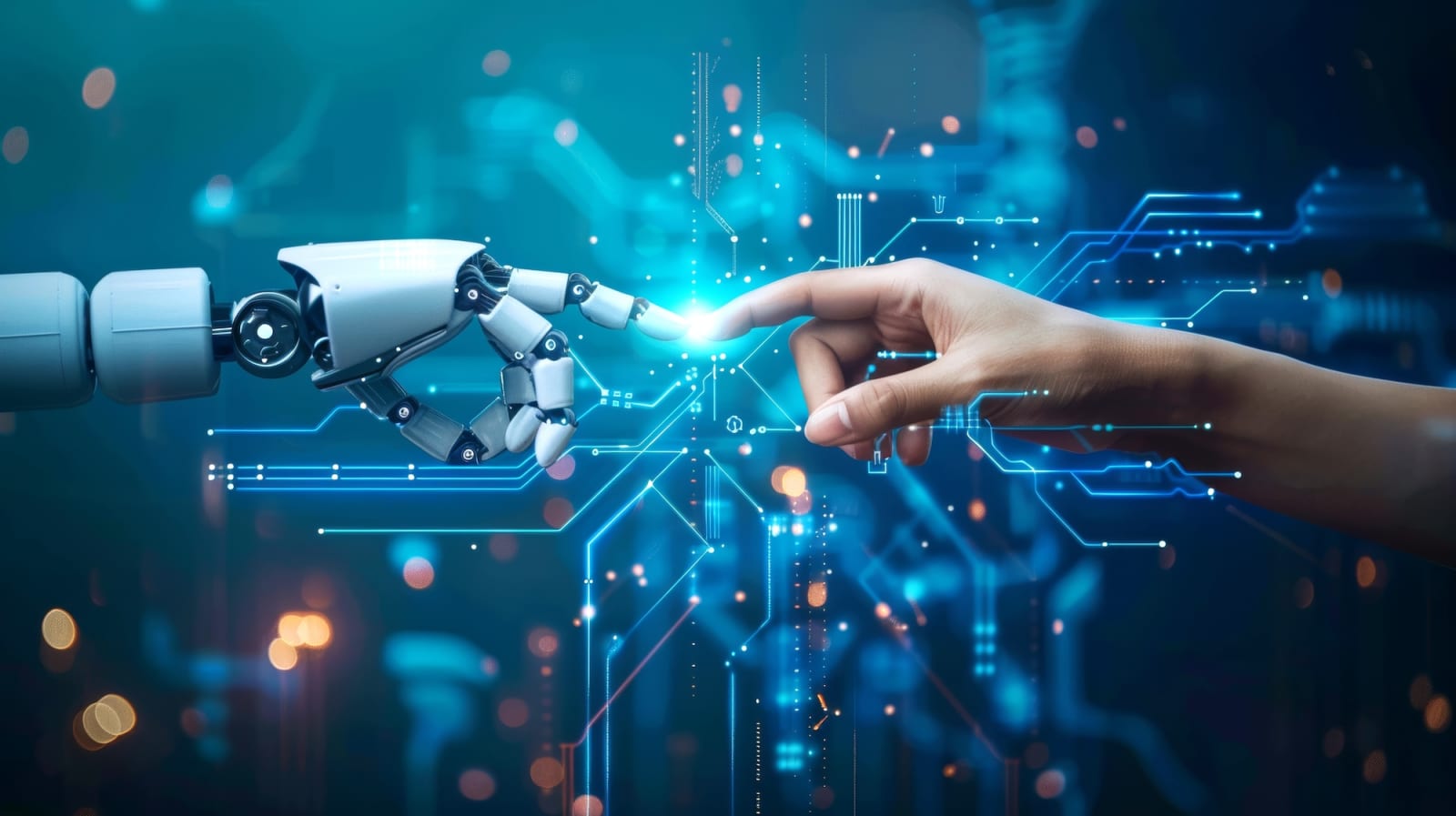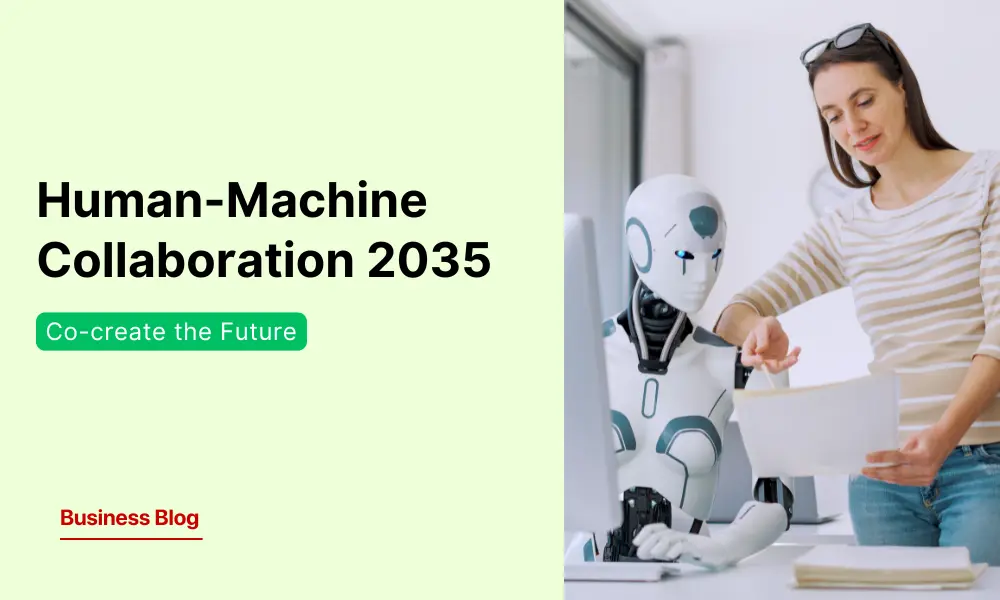The Age of Intelligent Machines
We’re entering an era where robots no longer simply follow instructions — they think, adapt, and collaborate. Known as Advanced Robotics, this next generation of automation combines artificial intelligence, sensor fusion, machine learning, and human-robot interaction to transform how industries work.
According to Simplilearn’s Top Technology Trends for 2026, advanced robotics stands among the most influential innovations shaping the global economy. These new robots are not confined to manufacturing lines; they’re in hospitals, warehouses, farms, and even homes.
They represent the convergence of AI, hardware, and human collaboration, marking a major shift in how society approaches productivity, safety, and creativity.
What Is Advanced Robotics?
Advanced robotics refers to robotic systems that go beyond simple automation. These robots:
-
Perceive their environment using sensors and cameras,
-
Learn from data and adapt using AI and machine learning, and
-
Interact safely with humans through touch, voice, and motion awareness.
This field includes several emerging sub-categories:
-
Collaborative Robots (Cobots): Robots designed to work side-by-side with humans safely.
-
Swarm Robotics: Networks of small, interconnected robots coordinating tasks without a central controller.
-
Adaptive and AI-Driven Robots: Machines capable of adjusting behavior in real time.
-
Soft Robotics: Flexible robots that use soft materials to mimic biological movement.
Together, these advancements define the foundation of the fourth industrial revolution — a world where robotics and humans share space, tasks, and intelligence.
Key Components of Advanced Robotics
1. Artificial Intelligence and Machine Learning
Modern robots rely on AI algorithms to interpret data from cameras, sensors, and microphones. This gives them cognitive abilities such as:
-
Recognizing objects and faces,
-
Navigating dynamic environments,
-
Predicting human movement, and
-
Learning from previous errors.
Machine learning enables continuous improvement — a concept known as adaptive automation. Robots in warehouses, for example, can optimize routes based on workflow data, while surgical robots refine precision with every procedure.
2. Sensor Fusion and Environmental Awareness
Advanced robots integrate multiple sensing technologies — vision, infrared, LIDAR, force, and tactile sensors — to build a 3D understanding of their surroundings.
This sensor fusion allows for precise control and decision-making. For example:
-
In automotive manufacturing, cobots detect when humans approach and slow their movement automatically.
-
In agriculture, drones equipped with multispectral cameras detect crop stress before it’s visible to the human eye.
As sensors become smaller and cheaper, this awareness will be embedded in everything from service robots to household assistants.
3. Collaborative Robots (Cobots)
Traditional robots operated in isolation, fenced off for safety. Cobots are designed to work directly alongside humans, sharing space and tasks safely.
Features include:
-
Force and torque sensors to detect touch or impact,
-
Vision systems for human tracking and gesture recognition,
-
Safety-rated motion control that limits speed and force during interaction.
These systems boost human productivity while reducing injury and fatigue. In many small- and medium-sized enterprises (SMEs), cobots make automation affordable and flexible — performing tasks like assembly, packing, welding, or quality inspection.

4. Swarm Robotics and Decentralized Systems
Inspired by nature — think ant colonies or bird flocks — swarm robotics involves many small robots coordinating as a collective.
Each unit follows simple local rules, but together they achieve complex goals.
Applications include:
-
Coordinated warehouse logistics,
-
Agricultural monitoring,
-
Disaster-response mapping, and
-
Autonomous drone fleets for inspection.
This approach makes systems more resilient — if one unit fails, others adapt to complete the task.
5. Soft Robotics and Bio-Inspired Design
Soft robotics uses flexible materials like silicone and polymers to replicate biological movement. This makes them ideal for delicate tasks that rigid machines can’t perform.
Examples:
-
Robots that handle soft fruit without damage,
-
Medical robots that mimic muscle movement,
-
Underwater exploration robots that move like fish.
Soft robotics merges engineering and biology, pushing the boundaries of what machines can physically achieve.
Applications Across Industries
1. Manufacturing and Logistics
Advanced robotics is the backbone of Industry 4.0, integrating robots, sensors, and IoT networks to automate production end-to-end.
Examples include:
-
Smart assembly lines: Robots work beside humans to build electronics, cars, or consumer goods.
-
Automated warehouses: Companies like Amazon and Ocado use fleets of mobile robots to move inventory.
-
Predictive maintenance: AI-driven robots detect wear or faults before failures occur.
This convergence of robotics and data analytics boosts efficiency, lowers costs, and increases customization capability.
2. Healthcare and Medicine
In healthcare, robotics is transforming surgery, diagnostics, and patient care.
-
Surgical robots like the Da Vinci Xi system enhance precision during minimally invasive operations.
-
Rehabilitation robots assist patients recovering from strokes or injuries.
-
Service robots in hospitals deliver supplies, disinfect rooms, and assist staff.
Simplilearn highlights healthcare as one of the largest growth areas for advanced robotics, driven by aging populations and labor shortages.
3. Agriculture and Food Production
Agricultural robotics — often integrated with AI and drone technology — is solving global challenges in labor and efficiency.
-
Autonomous tractors and weeding robots reduce reliance on manual labor.
-
Swarm drones analyze soil conditions and optimize irrigation.
-
Robotic harvesters handle delicate crops like strawberries or grapes without bruising them.
This improves yield, reduces chemical use, and helps feed a growing global population sustainably.
4. Construction and Infrastructure
Construction is adopting robotics for 3D printing, surveying, and on-site automation.
-
Robots can lay bricks, pour concrete, or inspect bridges using sensors.
-
Drones create digital twins of buildings for real-time progress monitoring.
In dangerous environments — nuclear plants, mines, disaster zones — robots perform tasks unsafe for humans, saving lives while maintaining operations.
5. Retail, Hospitality, and Service
Advanced robotics is also entering customer-facing industries.
-
In hotels, robots deliver room service or clean floors autonomously.
-
In retail, shelf-scanning robots track inventory, while AI chatbots assist shoppers.
-
Restaurants now use robot chefs and waiters for novelty and efficiency.
As social interaction and machine perception improve, expect a rise in human-like service robots capable of empathy and natural communication.
The Benefits of Advanced Robotics
-
Higher Productivity: Robots can operate 24/7 without fatigue, increasing output.
-
Improved Safety: They handle dangerous tasks like welding, lifting, or exposure to toxins.
-
Greater Precision: AI-guided robots perform tasks at micrometer accuracy.
-
Cost Efficiency: Automation reduces waste, downtime, and labor costs in the long term.
-
Enhanced Human Potential: Cobots and assistants handle repetitive work, allowing people to focus on creativity and innovation.
Challenges Ahead
While the potential is massive, several challenges remain:
-
Cost and Accessibility: High-end robotics systems remain expensive for small businesses.
-
Ethical and Employment Concerns: Automation raises questions about job displacement and reskilling.
-
Technical Complexity: Integrating AI, sensors, and cloud systems demands multidisciplinary expertise.
-
Safety and Regulation: Human-robot collaboration requires stringent standards and certifications.
-
Cybersecurity: As robots connect to networks, they become potential targets for hacking or data theft.
Governments and companies must balance progress with responsibility, ensuring robotics benefits society broadly.
The Future of Advanced Robotics
The next decade will see robots become smarter, smaller, and more integrated into everyday life. Here’s what’s coming:
-
Robotics-as-a-Service (RaaS): Subscription-based robots, reducing upfront costs for businesses.
-
AI-Integrated Cobots: Robots that learn individual worker habits for seamless teamwork.
-
5G and Edge-Connected Robots: Instant coordination in factories, warehouses, and cities.
-
Self-Reconfiguring Systems: Modular robots that change shape or function depending on the task.
-
Emotional Intelligence in Robots: Machines that recognize and respond to human emotions.
Simplilearn predicts that by 2030, robotics will be ubiquitous across industries, shaping how people work, move, and interact.
Collaboration, Not Replacement
Advanced robotics isn’t about replacing humans — it’s about empowering them.
By combining machine precision with human creativity, the world is building systems that are safer, smarter, and more efficient. From healthcare to logistics, from homes to factories, robots are becoming trusted collaborators, not competitors.
As Simplilearn’s report highlights, those who embrace robotics now — through learning, innovation, and integration — will lead the industries of tomorrow.
The future belongs to intelligent, cooperative automation — and it’s already here.



